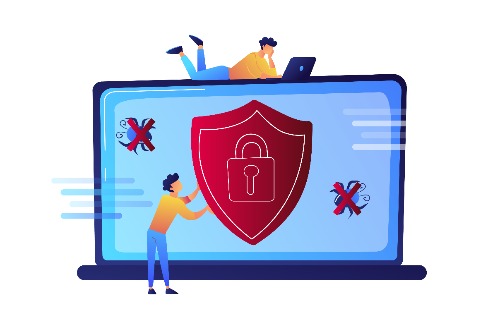I saw this meme on LinkedIn the other day, and I had to laugh. Not because it is funny, but because of how accurate it is. With high profile cases of ransomware becoming public like JBS, Kaseya, and Colonial Pipeline, many organizations are jumping at the bit to get the best of the best cybersecurity solutions.

First, let me tell you – throwing a plethora of money at the problem does not solve said problem. The issue America is facing, and possibly the rest of the world, is the mentality of cybersecurity. There is this MYTH that ransomware can’t be stopped, so why even try? Instead of focusing on prevention, organizations place a higher emphasis on the remediation post-infection. Both play a key role in the digital infrastructure of an organization.
Proactive Cybersecurity
Using both prevention and reaction-based approaches are the best way to set your organization up for success. As mentioned above, the idea that cyber threats – including ransomware can’t be stopped, is a myth. The reality is, the right solution was never in place to block the threat to begin with. In order to properly block modern cyber threats, a Application Whitelist Default-Deny Approach is key. Only allowing trusted applications to run on the network is the best way to stop unknown threats, like new malware variants, from worming their way onto the network.
Reaction-Based Approaches
This is not a dig at endpoint detection and response, artificial intelligence, or behavioral heuristics. Those are important pieces to the cybersecurity stack as well. How quickly an attack, once in the network, is identified will significantly impact just how far that infection goes.
Coupling prevention with reactive approaches covers all the bases. And what’s even better is, you don’t need to throw millions of dollars at the problem, hoping for a quick solution. Alternatively, by adding a layer of prevention to your existing security stack, organizations will cover all their bases and increase the integrity of their digital infrastructure by a factor of ten. Read more about application whitelisting endpoint security.



